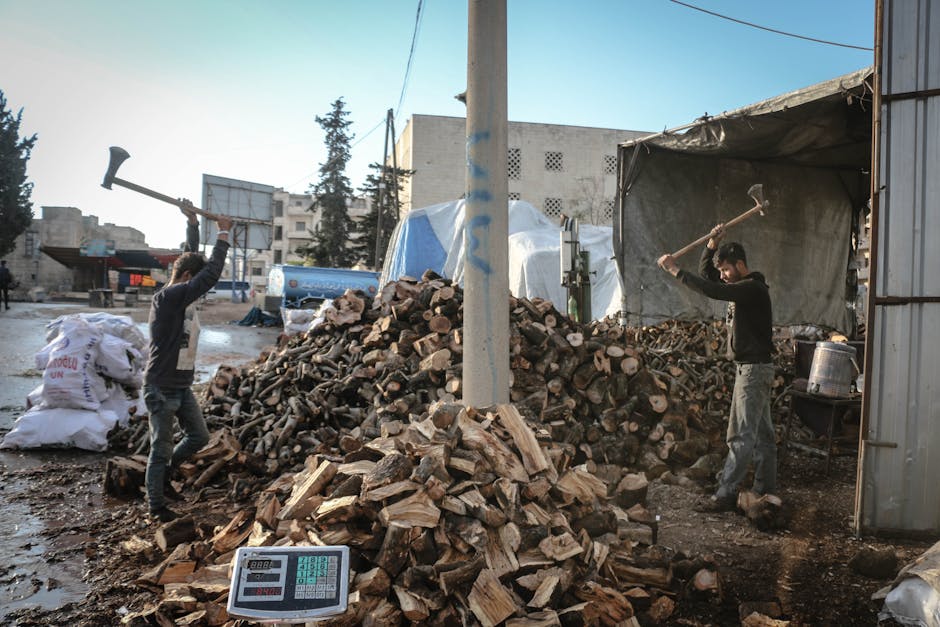Understanding the Power of Tornadoes: The Importance of a Strength Scale
Tornadoes, nature’s most destructive windstorms, are characterized by their intense rotating winds that can cause widespread devastation. Accurately assessing the strength of these powerful vortices is crucial for effective warnings, damage assessment, and ultimately, saving lives. This is where the tornado strength scale comes into play, providing a standardized method for classifying tornadoes based on their wind speeds and the damage they inflict.

From Fujita to Enhanced Fujita: A Historical Overview
The original Fujita scale (F-scale), developed by Professor Ted Fujita in the 1970s, revolutionized the way we understand tornado intensity. It categorized tornadoes into six levels (F0 to F5), ranging from minimal damage (F0) to incredible destruction (F5). The scale relied on observed damage to structures and vegetation to estimate wind speeds, as direct wind speed measurements within tornadoes were (and still are) extremely difficult to obtain.
However, the original F-scale had limitations. The damage indicators weren’t always precise, leading to inconsistencies in rating. This led to the development of the Enhanced Fujita scale (EF-scale) in 2007. The EF-scale retains the six damage levels (EF0 to EF5), but it uses improved damage descriptions and wind speed estimations, leading to greater accuracy and consistency in tornado classifications.
The Enhanced Fujita Scale (EF-Scale): A Detailed Breakdown
The EF-scale remains the current standard for rating tornadoes in the United States and several other countries. Here’s a detailed breakdown of each level:
EF0: Weak Tornado (40-72 mph)
EF0 tornadoes cause minimal damage. This often includes broken tree branches, damaged signs, and minor damage to structures. While not as devastating as higher-level tornadoes, EF0 events can still be dangerous and should be treated with caution.
EF1: Weak Tornado (73-112 mph)
EF1 tornadoes are more damaging than EF0 tornadoes. They can peel off shingles, damage roofs and siding, and break windows. Mobile homes can be severely damaged or overturned. Trees can be uprooted or snapped.
EF2: Strong Tornado (113-157 mph)
EF2 tornadoes cause significant damage. Roofs can be ripped off houses, exterior walls can be destroyed, and mobile homes can be completely destroyed. Large trees are snapped or uprooted. Light vehicles can be tossed around.
EF3: Strong Tornado (158-206 mph)
EF3 tornadoes cause devastating damage. Well-constructed homes can be leveled, roofs and walls are completely destroyed, and even large buildings can suffer substantial structural damage. Heavy vehicles can be overturned or tossed significant distances. This level of damage often results in severe injuries and fatalities.
EF4: Violent Tornado (207-260 mph)
EF4 tornadoes cause catastrophic damage. Houses and buildings are completely demolished, leaving only foundations. Even sturdy structures suffer significant damage. Vehicles become airborne projectiles. The destructive force of an EF4 is immense, with many fatalities likely.
EF5: Violent Tornado (261+ mph)
EF5 tornadoes cause incredible and almost unimaginable destruction. These are the rarest and most powerful tornadoes, characterized by near-total devastation. Sturdy buildings are swept away leaving little more than debris. Debris is often carried long distances. The force of an EF5 is enough to lift cars and even large buildings into the air.
Limitations of the EF-Scale
While the EF-scale is a significant improvement over the original F-scale, it still has some limitations. The primary limitation is the reliance on post-storm damage assessments. This makes real-time estimations challenging, and the final rating may be adjusted after a more thorough investigation. Furthermore, the EF-scale doesn’t directly measure wind speed; it estimates it based on the observed damage. Advanced Doppler radar technology has improved wind speed estimation during a tornado, but in-situ measurements remain elusive.
Beyond the EF-Scale: Advancements in Tornado Research
Ongoing research aims to improve our understanding and prediction of tornadoes. This includes advancements in weather radar technology, numerical weather prediction models, and the development of new tools for measuring wind speeds within tornadoes. Researchers are exploring new techniques, such as using drones and other advanced sensors, to collect real-time data within tornadoes.
Safety During Tornadoes: Heeding the Warnings
Regardless of the specific EF-rating, any tornado poses a significant threat. Staying informed about weather warnings is crucial. If a tornado warning is issued for your area, immediately seek shelter in a sturdy structure, preferably a basement or interior room on the lowest level. Knowing the signs of an approaching tornado – dark, greenish sky, large hail, and a loud roar – can help you react quickly.

The Importance of Community Preparedness
Effective tornado preparedness involves individual actions as well as community-level strategies. Regularly reviewing your family’s emergency plan, having a disaster supply kit on hand, and participating in community drills can significantly improve your preparedness for such events. Local and national authorities play a crucial role in issuing timely and accurate warnings, and community education initiatives help spread awareness about tornado safety.

Conclusion: A Continuous Evolution of Understanding
The tornado strength scale is a vital tool for understanding and communicating the severity of these powerful storms. While the EF-scale represents significant progress, research continues to refine our ability to assess tornado intensity and improve warning systems. Ultimately, a thorough understanding of the EF-scale, combined with proactive community preparedness, is essential for minimizing the risk and damage associated with tornadoes.
Future Directions in Tornado Research
- Improved Doppler radar technology for more precise wind speed estimations.
- Development of advanced sensors for in-situ wind speed measurements within tornadoes.
- Further refinements to the EF-scale based on ongoing research and data analysis.
- Enhanced numerical weather prediction models for improved tornado forecasting.
- Increased investment in public education and community preparedness initiatives.

